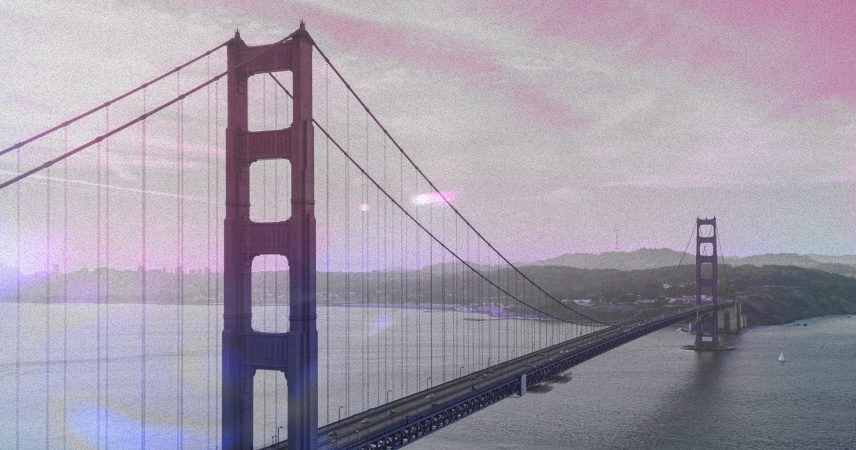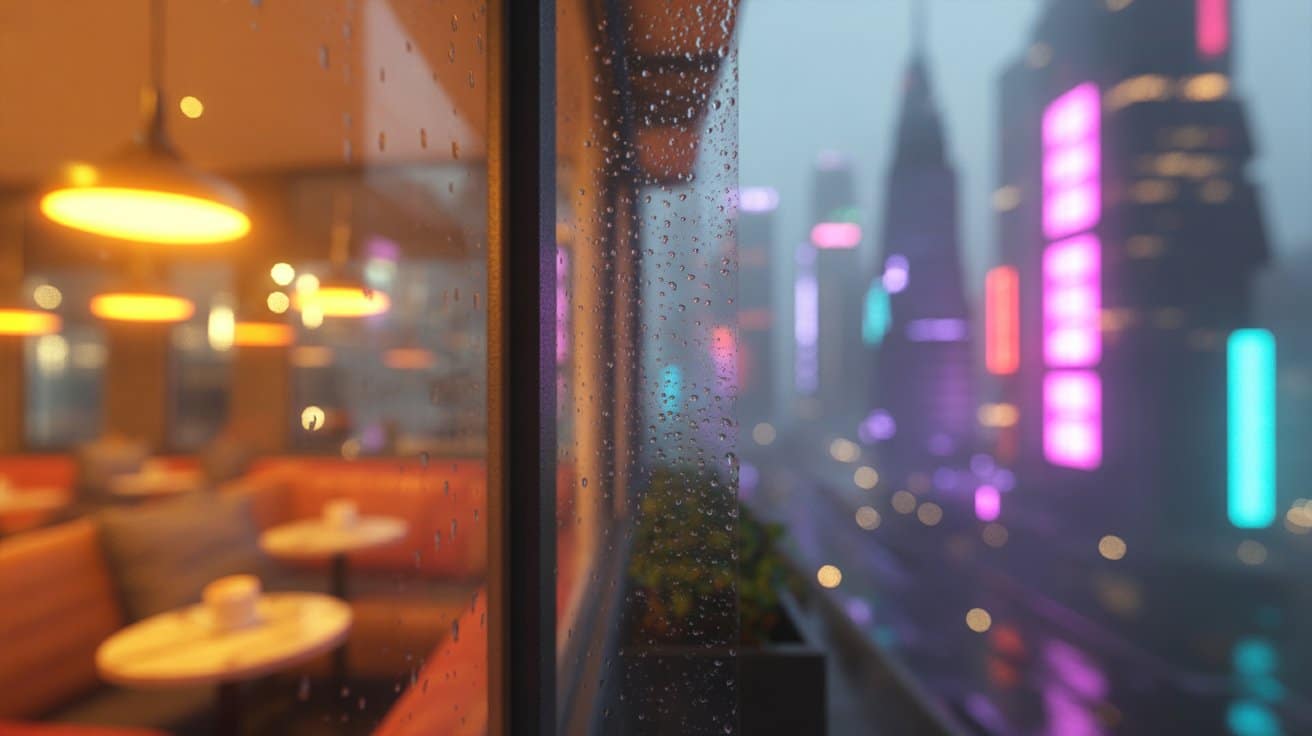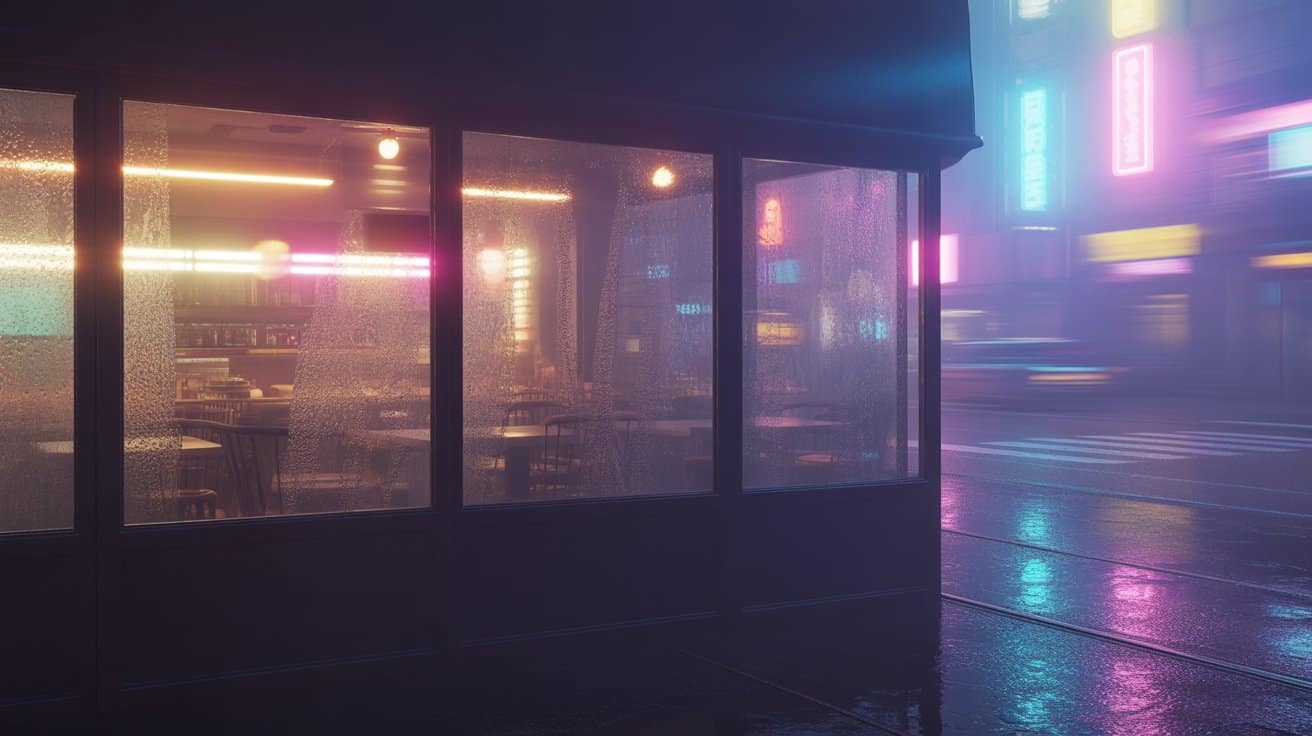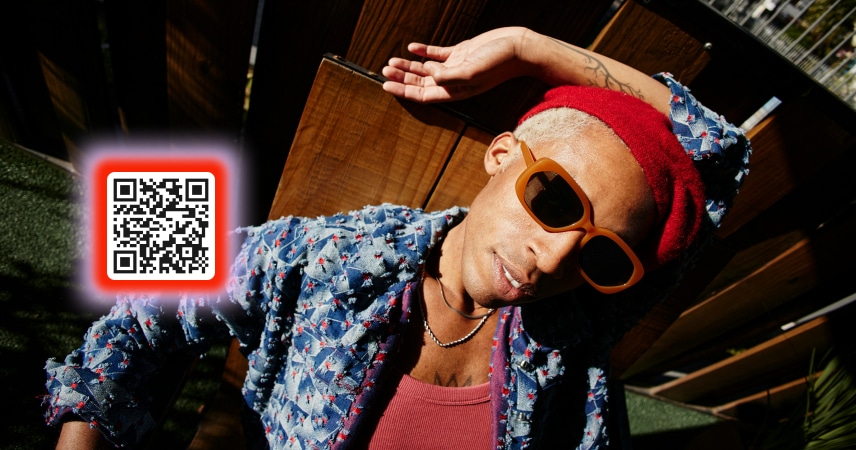
Also today, San Francisco proudly boasts the Castro District, known commonly as just “The Castro,” San Francisco’s gay community, which makes up a far more recent counterculture neighborhood. It’s teeming and lively, and you should put it on your bucket list of places to visit if you have not already been there.
Within the Castro, you’ll find shops, lots of restaurants, clubs, and bars, and a beautiful residential area, streetcars, and lots of famous landmarks – Harvey Milk Plaza, Pink Triangle Park and Memorial, the LGBTQ Community Center, and, of course, the Castro Theatre. (Side Note: sometimes the Castro is also called Eureka Valley). Castro, in fact, was one of the first gay neighborhoods in the U.S. If you have not yet planned a trip to the Castro, put it on your bucket list now. You’ll not find any place like it in the U.S. In fact, if you are involved in any gay chatting on a dating app, you’ll probably hear about Castro from anyone who has been there. If not? Meet a match on the dating app, develop your relationship, and plan a trip together to the Castro.
Let’s unpack all there is to know, see, and do in this world-renown gay district in San Francisco.
First, the Location
The center of The Castro is its business district, located on Castro Street across Market Street to 19th Street. It continues down Market toward Church Street to Eureka Street. It’s part of a larger business and residential section of San Francisco’s Eureka Valley. While this is the heart of San Francisco’s gay community, many in the LGBTQ community live in surrounding neighborhoods, including the Mission District, Noe Valley, Haight-Ashbury, and Twin Peaks neighborhoods.
And a Bit of History
In the 19th century, Jose Castro, then Governor of Alta California, led the Mexican opposition to US rule over California. The Castro neighborhood was named after him and created when the Market Street Railway Company extended its line from downtown to Eureka Valley.
Immigrants from a number of countries came to the area and it became a working-class neighborhood and public transportation included a cable car line, eventually replaced by a regular bus line. Today, there is a trolley car through the neighborhood.
During World War II, the U.S. military discharged all soldiers it found to be gay, many from the Pacific Theatre. Many of these settled in the San Francisco area. And during the 1950s, there was the typical “white flight” to the suburbs that was occurring all over the country, and the old Victorian homes became available pretty cheaply. They were bought up by the gay community.
Other things began to happen in the Castro District. The Missouri Mule (now Jet), which had been closed, reopened in 1963 – one of the first gay bars of many to come. And through the 70s, the now large gay community created a fashionable and upscale gay mecca filled with shops, chic restaurants, nightlife, galleries for local artists, and more.
Enter Harvey Milk
In 1973, Harvey Milk opened a camera store in the Castro district. From that store, he launched his political movement as a gay activist. While he was a discreet gay in his early adult years, he came out in full force once he reached the Castro district and settled in. At the time, the population of gays and lesbians was increasing by leaps and bounds. He ultimately ran for city supervisor and was finally elected on his third try. He was instrumental in passing a bill that banned discrimination in public accommodations based upon gender identity, and it was signed into law by then Mayor George Moscone.
In 1978, both Milk and Moscone were assassinated by another city supervisor, Dan White, who opposed the non-discrimination bill. Milk became an icon in The Castro and a martyr to the gay community. Today, there is a Harvey Milk Plaza on Market Street in honor of him.
The 80s and HIV/AIDS
Of course, this epidemic impacted life in The Castro. San Francisco began a crackdown on bathhouses and other facilities but also launched a huge initiative of education and the promotion of safe sex. Now that newer PrEP meds are available, this crisis is certainly over. But still today, all over The District, you will find information relative to HIV/AIDS and testing. This is a gay neighborhood that takes sexual health seriously.
The Castro Today
The Castro is thriving. And it has become not just a tourist mecca for the gay community but for non-members too, from all over the country. From rainbow painted crosswalks and rainbow flags adorning the streetlights, the unity of the LGBT community is celebrated and apparent.
In 2019, the San Francisco Board of Supervisors passed an ordinance declaring the Castro a cultural district.
Highlights of the Castro
It’s easy to think of the Castro as the one area of San Francisco where gay nightlife abounds. And, yes, there a gay bars and clubs galore (more on that later). But as a unique cultural and historical part of San Francisco, there is much more than this.
Take a look at all that is of interest to any visitor who is interested in more than drink and party.
The Castro Theatre
Re-built in 1922, this is one of the top movie houses of San Francisco. It has 1400 seats, and the last leatherette ceiling of movie theaters in the U.S. It also still has a huge Wurlitzer pipe organ that is played in advance of each film event.
In addition to feature films, the Castro theater holds a myriad of film festivals, live music events, and premiered the documentary movie on Harvey Milk in 2008. No one should visit this San Francisco district without attending something at the Castro Theatre.
GLBT History Museum
Here is a major cultural attraction for all of San Francisco and visitors to the district. It is the first museum of its kind in the U.S. and serves to bring focus to and to celebrate the history and culture of the LGBTQ movement in America. It opened in January 2011, thanks to the GLBT Historical Society and features a wealth of exhibits, focusing on diversity and social justice.
The GLBT Historical Society Museum, located in the heart of San Francisco’s Castro District, is the first stand-alone museum of LGBTQ history and culture in the United States. It celebrates San Francisco’s vast queer past through dynamic and surprising exhibitions and programming.
Corona Heights Park
Located in the Castro and Corona Heights neighborhoods, the park features a playground and the Randall Museum. Visitors can climb to the peak of the hill (careful, no guardrails), and have a full view of the city of San Francisco. If you’re interested in native animal and plant life, you’ll find it all here.
One of the highlights of Corona Heights Park is the Randall Museum, an art and science center for children and families, operated by the San Francisco Parks and Recreation Department.
Castro Street Fair
The Fair was begun in 1974 by Harvey Milk to celebrate and put focus on the creativity of the community, and all proceeds are donated to charity. This is an amazing celebration of artists, musicians, entertainers, and organizations. While Covid put a pause, it will be back in full force this first weekend in October.
Seward Street Slides
The Seward Mini Park should not be missed. And yes, it is a tiny park – a small area that the locals convinced the city of San Francisco to designate as a community park. Artist Ruth Asawa decided to hold a competition to design a use for this park, in addition to the garden that was already in place. A 14-year-old girl, Kim Clark, designed a slide and won. The slides are fun but enjoyed more if visitors take a piece of cardboard along.
Union Square and City Hall During Pride
While not in the Castro, Union Square and City Hall of San Francisco are the sites of Pride events every summer. The events are met with enthusiasm and large attendance and are publicized well in advance so everyone who has come to San Francisco for Pride can participate.
Pink Triangle Park
The Pink Triangle Park is actually a memorial and is situated across from the Milk Plaza. During the Nazi regime in Germany, over 100,000 gay men were horrifically treated and were forced to wear pink triangles. Of course, many died in the work camps. The memorial has 15 pylons in pink and gray, one for each 1,000 gay men who died in the camps. The pylons form the shape of a triangle.
There is also a large memorial made of quartz stones in the shape of a triangle. If you visit the memorial, you are free to take a stone in remembrance.
A Gay Bar for Everyone’s Taste
Lots of gay bars sprouted up, back as far as the 40s. No matter what your taste in music or entertainment, there is a bar for you – the Corner Grocery Gar, the Pendulum, Twin Peaks, Elephant Walk, and Toad Hall. The Moby Dick is a cool place that features a huge fish tank. Midnight Sun has live entertainers and theme nights. HiTops is for the sports-minded. And the Sundance Saloon caters to those who love country-western music.
The bottom line? Every Castro street sports a bar or two, and perfect places for socializing and hooking up. After hours, the Castro streets are still filled with those who may still be looking for a hookup.
In short, there is never a lack of nightlife on every Castro street.
Shopping in the Castro
Just as with bars, every Castro street has plenty of shops – clothing, local artwork, resale shops, and more. Visitors to San Francisco will want to take the F-line to the Castro and spend at least a day at the shops and local eateries.
The Economic Benefits to San Francisco
San Francisco is a tourist mecca for many reasons, but much of this is related to the variety of cultural and ethnic communities – Haight-Ashbury, Chinatown, and North Beach, to name a few. And all of these places bring tourists and economic boosts to San Francisco. The Castro is an economically thriving LGBT community, filled with businesses and events that attract people year-round. It is not just a thriving gay community and marketplace. It’s a destination for the gay community throughout the country – a place where they can experience acceptance and belonging that they do not feel in their own locales. Just “landing” on Castro Street is a comfort. And it is a tourist destination for many heterosexuals as well. In short, it’s a money “catcher” for the city of San Francisco and it promises to be for years to come.
In 1983, the San Francisco Gay Tourism and Visitors Bureau (GGBA) was formed to increase national and international gay tourism. Its goal is to drive gay travel and consumerism, and its successes bring more income to the city of San Francisco.
The Castro – It’s All Encompassing
From the street fairs to the Castro Theater, to the shops, the bars, the museums, the memorials, the events, the art, the entertainment, the architecture, the history, and social/political activism – everything about the Castro becomes a neighborhood home to the gay community from everywhere. There is just nothing like it anywhere else in the U.S. and perhaps the entire world. Once you hit Castro Street and then explore all of the streets in the district, you will come to understand why this San Francisco area is a true mecca for the gay community, its allies, and just curious and exploring heterosexual tourists.
The Castro is here to stay. And it just keeps getting better year after year. San Francisco is truly lucky to have this community within its city.





